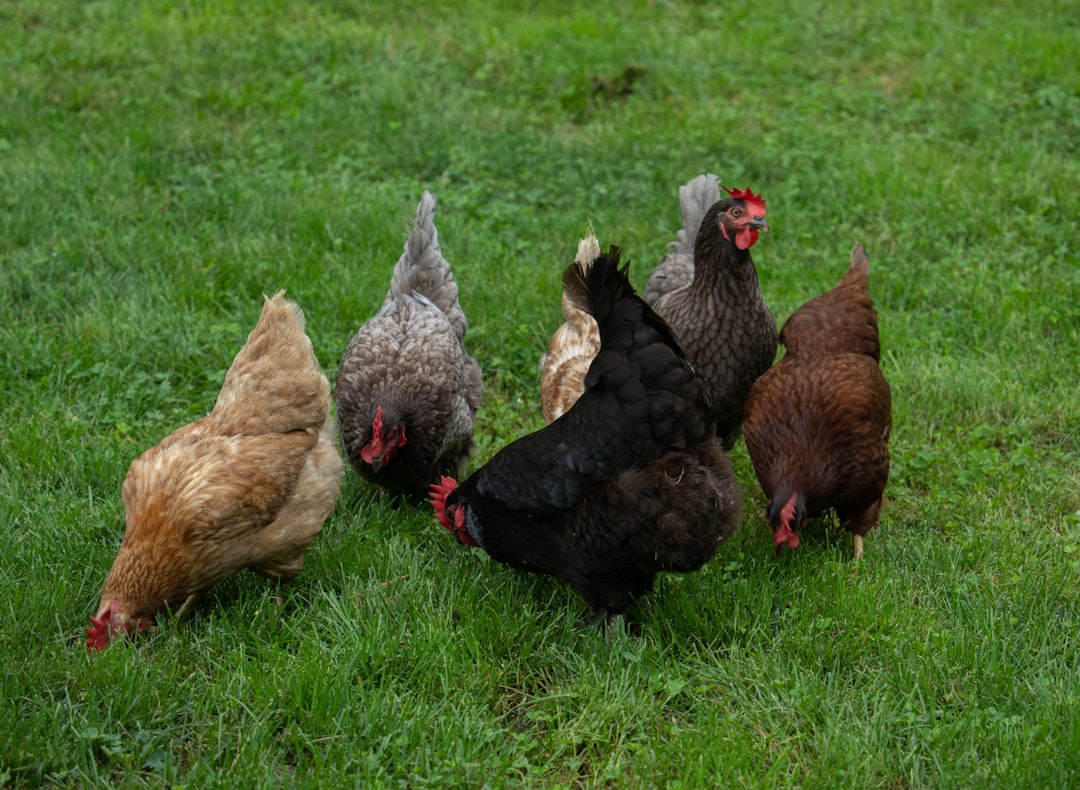Ground chicken is a popular protein choice for many households due to its versatility, affordability, and lower fat content compared to red meats. However, a less commonly discussed aspect of ground chicken is the potential presence of ground chicken bone in the meat. While this might seem alarming to some, understanding what it is, how it affects food safety, and how to handle it can go a long way in ensuring both safe and nutritious meals.
What Is Ground Chicken Bone?
Ground chicken bone is typically the result of mechanized chicken processing, where entire cuts of chicken, sometimes including soft bones and cartilage, are ground for use in products like chicken sausages, patties, and even fresh ground meat sold in stores. When the process includes mechanically separated chicken (MSC), the resulting product might include microscopic bone fragments or finely pulverized bone matter.
This process is common and even regulated in some types of meat preparation. The finer the grind, the more likely it is that small, edible bone particles may be present. In most cases, these are not harmful and may even offer a minor calcium boost. However, concerns arise when bone particles are larger or cause texture issues, or when food safety practices are not properly followed.
Is It Safe to Eat Ground Chicken Bone?
Yes, in most cases, any amount of bone in ground chicken that comes from a trusted source has been processed in such a way that it is safe to eat. The U.S. Department of Agriculture (USDA) has regulations in place regarding the content of mechanically separated poultry, and any product with ground bones must pass specific safety measures before it hits the shelves.
Here’s what you should know about its safety:
- Calcium Source: Finely ground bone can be a natural source of calcium and phosphorus. In tiny amounts, it contributes to nutritional value.
- Regulated Process: Mechanically separated chicken is safe under USDA guidelines when used correctly and labeled accordingly.
- Watch the Texture: If you notice gritty or sharp fragments in your ground chicken, it’s a good idea to report it to the supplier or choose a finer, manually ground product.
When Ground Bone Becomes a Concern
Though typically safe, there are circumstances when ground chicken bone can pose problems:
1. Poor Processing Standards
Low-quality processing plants may allow larger bone fragments to pass through, which can lead to an unpleasant or even dangerous eating experience. This is especially true for small children or elderly individuals who may have difficulty chewing or digesting unexpected food textures.
2. Improper Labeling
Some poultry products that contain ground chicken bone, especially those using mechanically separated meat, must be properly labeled. If a label omits this detail, consumers might not be aware of what they’re eating. Always read your packaging closely.
3. Allergic or Sensitivity Reactions
Although rare, some individuals may be sensitive to certain tissue proteins found in bone marrow or cartilage. If you’ve experienced adverse reactions, speak with a healthcare professional and consider sticking to only fully-deboned chicken meat products.
How to Identify Ground Chicken Bone in Your Meat
It may be difficult to detect tiny pieces of ground bone without professional tools, but there are signs you can watch for:
- Texture: A gritty or sandy mouthfeel may indicate the presence of bone material.
- Appearance: Discolored specks or irregular bits of harder substance are a giveaway.
- Sound: Occasionally, you could hear a slight crunch when biting into the food.
If you suspect bone presence in excess or something that feels unsafe, don’t hesitate to contact the manufacturer. Quality control is essential in meat processing, and customer feedback plays a crucial role.
Safe Cooking Practices for Ground Chicken (With or Without Bone)
Regardless of whether the ground chicken contains bone, proper handling and cooking are vital for ensuring safety and minimizing any risk of foodborne illness. Here are several tips:
1. Cook to the Right Temperature
Always cook ground chicken to an internal temperature of 165°F (74°C). Use a meat thermometer to verify the temperature in the thickest part of the meat.
2. Sanitize Surfaces
Raw ground chicken can spread bacteria like Salmonella or Campylobacter. Disinfect all surfaces that come into contact with the raw meat, including cutting boards, utensils, and hands.
3. Avoid Cross-Contamination
Keep raw chicken separate from other foods, especially those that won’t be cooked, such as salad greens or fruits.
4. Buy From Trusted Sources
Purchasing your meat from certified vendors with proper food safety measures ensures that you’re not accidentally consuming unsafe levels of bone or contaminated meat.

Labeling Matters: Read Before You Buy
In the United States and many other countries, meat products with mechanically separated content including ground bone must include phrases like ‘mechanically separated chicken‘ or ‘MSP‘ in the ingredients list. Labeling transparency helps you make informed dietary decisions, especially if your household includes picky eaters, small children, or individuals with special dietary needs.
If in doubt, you can purchase whole chicken and grind it yourself using a meat grinder or food processor. This gives you full control over both the quality and composition of your ground meat.
Nutrition Insights: Can Ground Bone Be Beneficial?
There’s a nutritional angle to this subject worth exploring. Ground bone, especially when included in MSC, can increase the levels of certain nutrients:
- Calcium: Essential for bone health, especially in children and older adults.
- Phosphorus: Aids in bone formation and maintenance.
- Collagen and Gelatin: Associated with joint health, though more prevalent in collagen-rich portions like connective tissues rather than hard bone.
That said, most people prefer to get these nutrients from other sources to maintain control over their food’s taste and texture. Supplements, dairy products, leafy greens, or bone broth are excellent alternatives for those who are unsure about bone particles in their protein sources.

Final Thoughts
To wrap up, the presence of ground chicken bone in your meat is not inherently dangerous—but it can be a matter of personal preference and dietary need. By educating yourself about processing techniques, practicing safe cooking habits, reading labels, and knowing where your food comes from, you can enjoy the benefits of ground chicken with peace of mind.
Remember, food safety doesn’t just stop at what’s on the label—it’s about how you choose, prepare, and serve your meals every day. Ground chicken, bones and all, can be part of a healthy and delicious meal plan when handled properly.
Stay informed, stay safe, and bon appétit!




